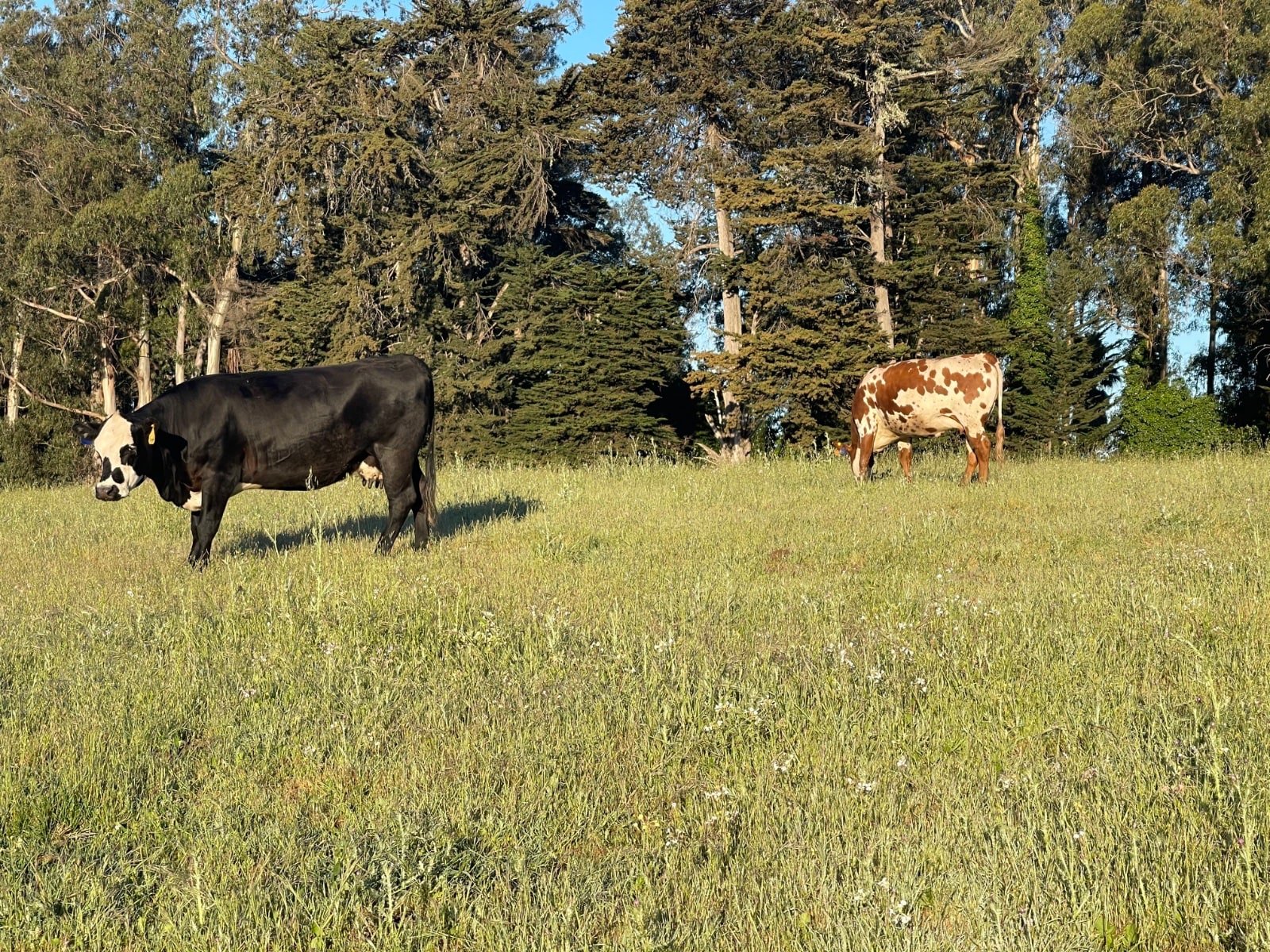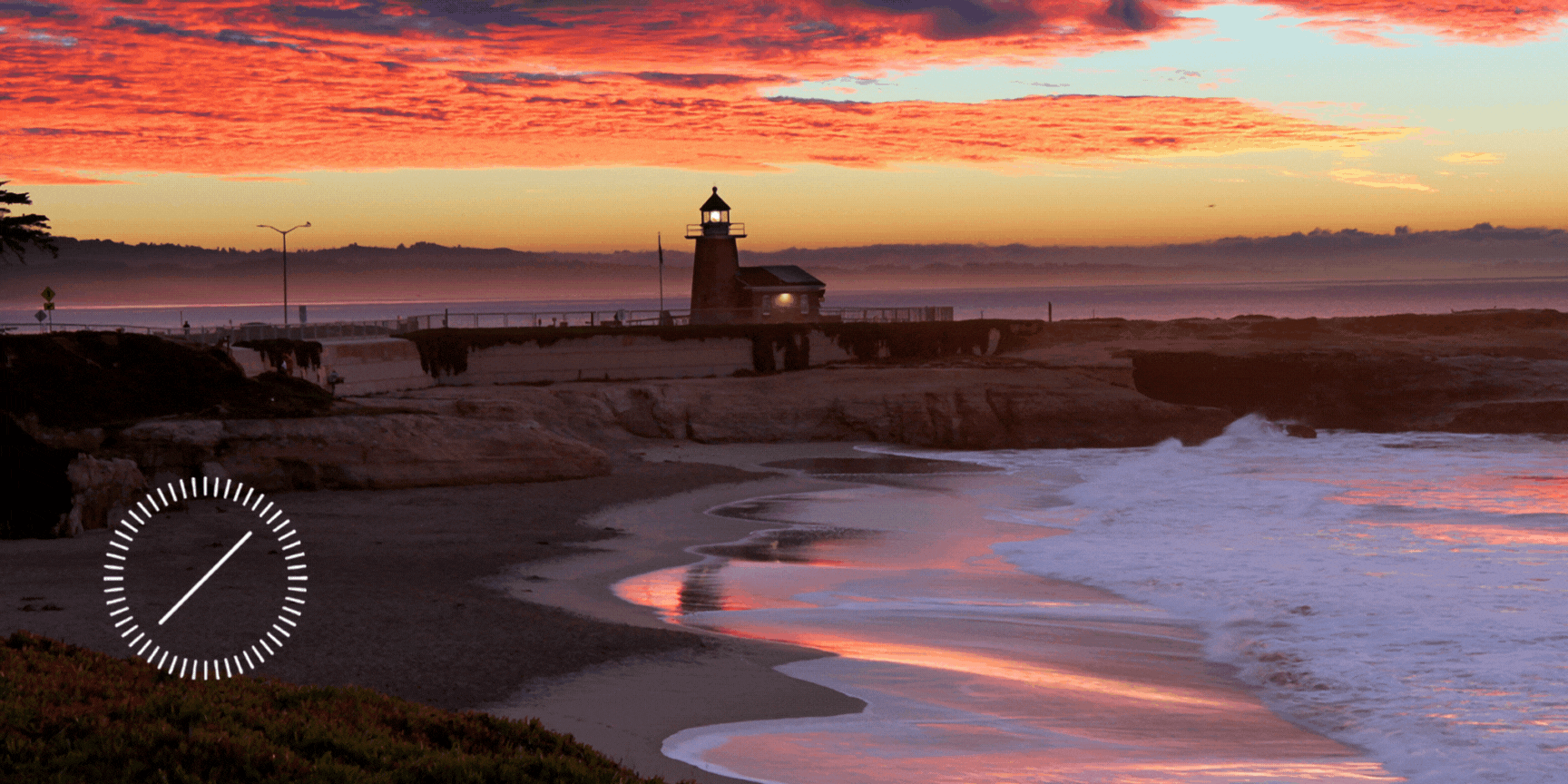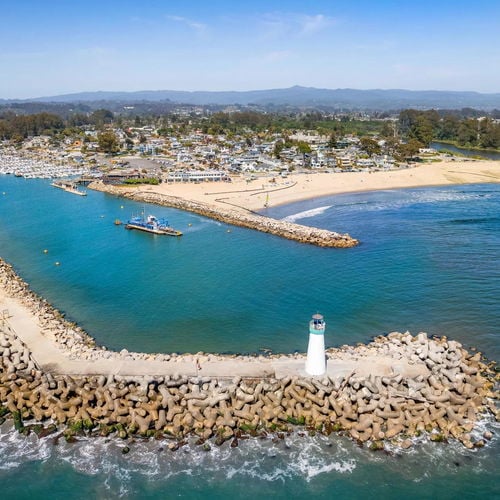Arana Gulch, a natural sanctuary nestled in the heart of Santa Cruz, California, is a haven for nature enthusiasts, hikers, and cyclists. This lush greenbelt stands as one of the city’s largest open spaces, providing a serene escape from the urban sprawl and a valuable habitat for diverse flora and fauna.
1. Overview of Arana Gulch
Located in the southeastern perimeter of Santa Cruz, Arana Gulch is a 67.7-acre designated greenbelt that offers a tranquil respite from city life. The greenbelt consists of coastal terrace prairie grasslands, oak/bay woodlands, riparian corridors, fresh and brackish wetlands, and the flowing waters of Hagemann and Arana Creeks.
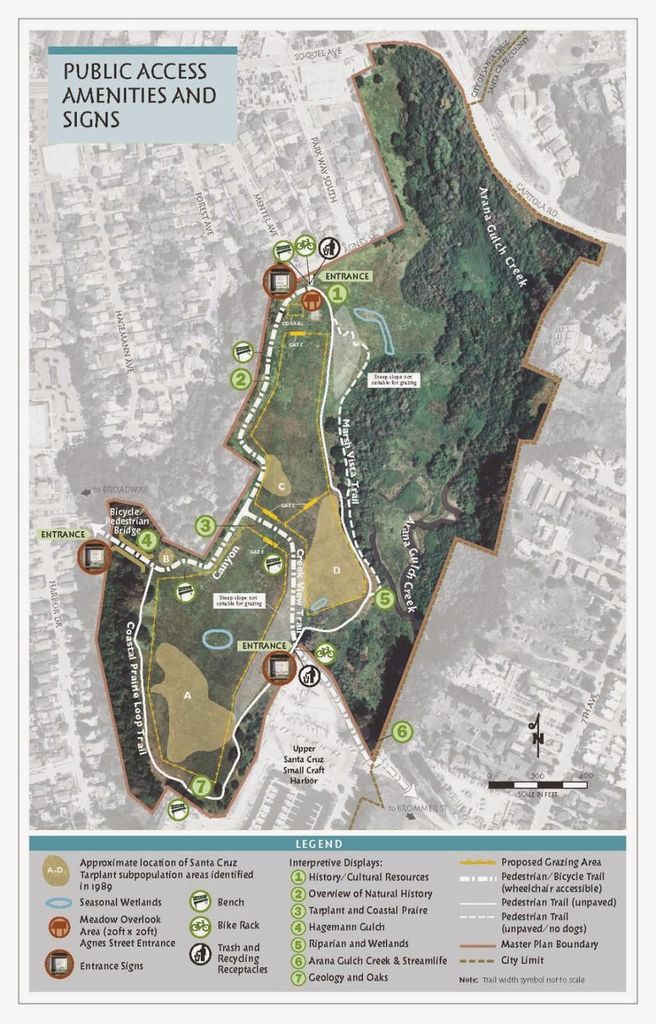
Arana Gulch Map
Arana Gulch is open from one hour before sunrise to one hour after sunset, and visitors can enter the park through three main entrances:
- Frederick Street @ Broadway
- Agnes Street @ Mentel Avenue
- 7th Avenue @ Brommer Street
2. Arana Gulch’s Rich History
Arana Gulch’s history dates back to the Mexican-Era when it was part of the “Rancho Del Encenlatios”. The greenbelt is named after Juan Arana, a rancher who lived in the Live Oak area in the mid-1800s. His ranch was one of the first in the Santa Cruz area. Arana Gulch’s western boundary is partly formed by a 6.5-acre private holding, which is on the National Register of Historic Places.
3. Exploring Arana Gulch’s Trails
Arana Gulch offers a network of trails for hiking and cycling. The primary trail route provides a connection from Agnes Street to the upper harbor, less than half a mile long. Here, hiking and bicycling are permitted on the paved multi-use trail.
In addition to the primary trail, there are dirt hiking trails that encircle the meadow areas, from Hagemann Bridge to the harbor-side entrance, and from the harbor-side entrance to Agnes Street. However, bicycling is not allowed on the dirt trails.
4. Arana Gulch’s Wildlife and Vegetation
Arana Gulch is home to a variety of wildlife and vegetation, including the endangered Santa Cruz tarplant (Holocarpha macradenia). The greenbelt also supports other plant species such as ancient oak trees, tall bunchgrass, thistles, and wild plantain.
Arana Gulch is a bird watcher’s paradise too. Kestrels, meadowlarks, and other bird species can be spotted here. Animal lovers might also encounter coyotes, skunks, woodrats, and other native mammals.
5. The Transformation of Arana Gulch
Over the years, Arana Gulch has transformed from a quiet, open meadow to a bustling public park. The construction of new pervious concrete trails and fencing has changed the landscape, but it has also increased accessibility and safety for the community. The new trails have also helped keep people from widening dirt pathways and trampling vegetation.
6. The Multi-Use Trail Project
The Arana Gulch Multi-Use Trail Project was a significant milestone in the history of the greenbelt. It aimed at providing safer bike routes for commuters and promoting eco-friendly transportation. However, the project stirred mixed feelings among Santa Cruz locals.
While some people were outraged at the construction and disruption of the greenbelt’s natural habitat, others appreciated the improved safety, increased accessibility, and the successful effort to conserve the endangered Santa Cruz tarplant.
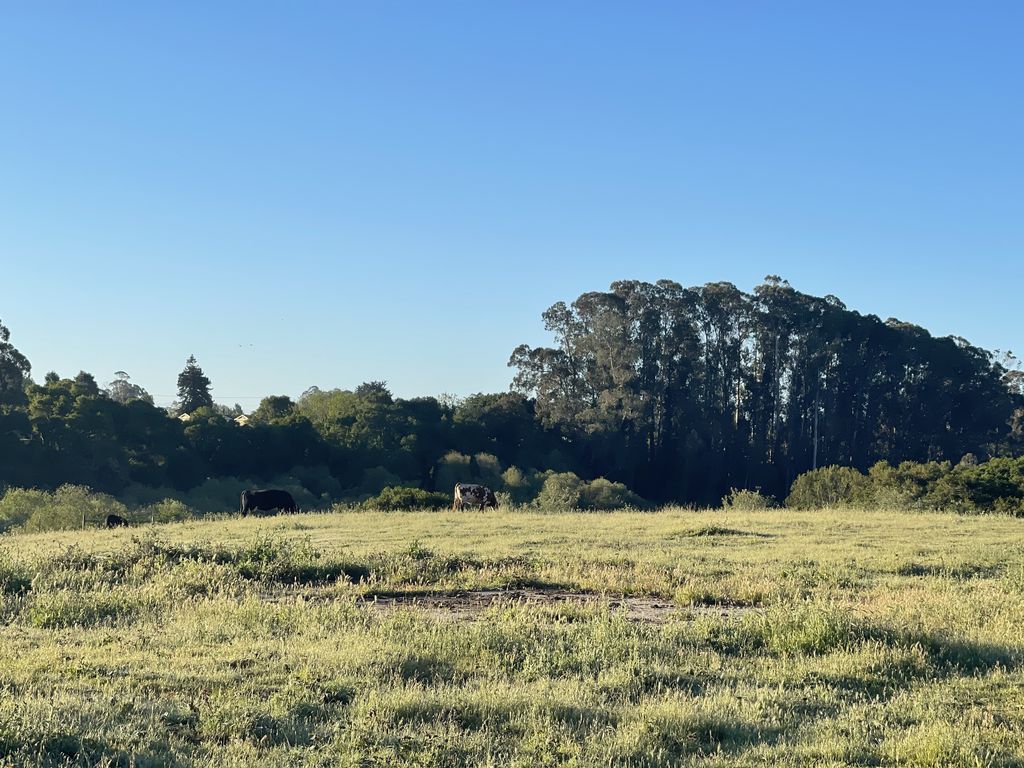
7. Arana Gulch and Community
One of the positive outcomes of the Multi-Use Trail Project was the creation of a new outdoor community space. The bustling trails have led to a sense of community permeating the landscape. The trails are frequented by couples with strollers, cyclists commuting across town, elderly folks, and children. The new interpretive signs installed in the park have also helped educate visitors about the park’s fragile ecosystem.
8. Prohibited Activities and Regulations
While Arana Gulch is open for everyone to explore and enjoy, certain activities are prohibited to preserve the natural habitat. These include smoking or fires, camping, alcohol, wood gathering, collection of plants or animals, and archery/hunting. Dogs must be on a leash at all times and are not allowed on the Marsh Vista Trail. Visitors are requested to stay on the designated trails and be courteous by cleaning up after their pets.
9. Parking at Arana Gulch
Parking at Arana Gulch is limited to on-street parking on Agnes Street and the trail entrance to Arana Gulch located along the western boundary of the harbor storage yard. There is no on-site parking available.
10. Future of Arana Gulch
The future of Arana Gulch looks promising with plans for outdoor education programs possibly through the Santa Cruz Museum of Natural History. This would provide more opportunities for schoolchildren to use nature as their classroom and learn about the unique ecosystem of Arana Gulch.
Despite the changes, Arana Gulch remains a treasured natural sanctuary in Santa Cruz, offering a peaceful respite from city life and a habitat for diverse flora and fauna. Whether you’re a nature enthusiast, a hiker, a cyclist, or just someone looking for a peaceful spot to relax, Arana Gulch is a place worth exploring.
Conclusion
Arana Gulch is more than just a greenbelt; it’s a testament to Santa Cruz’s commitment to preserving its natural habitats amidst urban development. The transformation of Arana Gulch from a tranquil meadow to a bustling public park serves as an example of how urban spaces can be thoughtfully designed to serve the community while preserving and respecting the natural environment.
